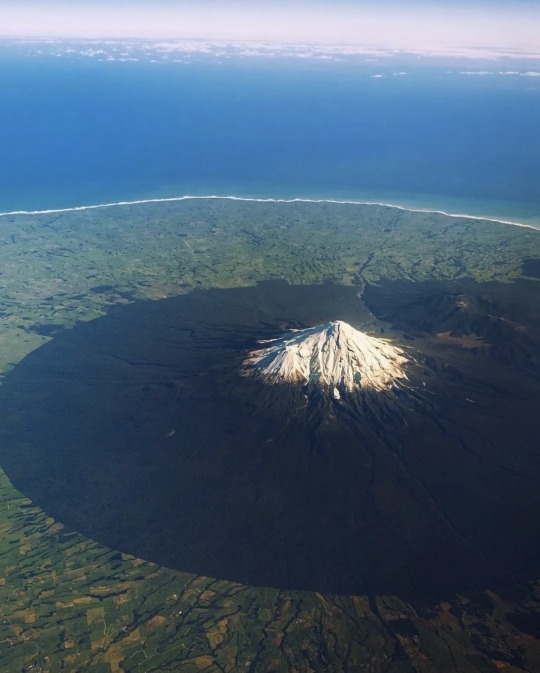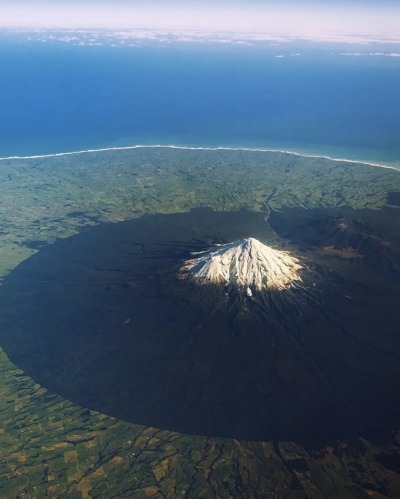#mount taranaki
Text
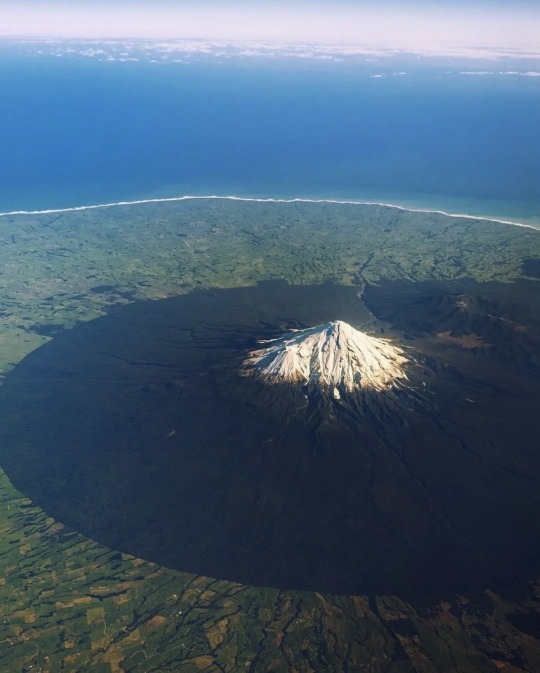
Mount Taranaki
6K notes
·
View notes
Photo
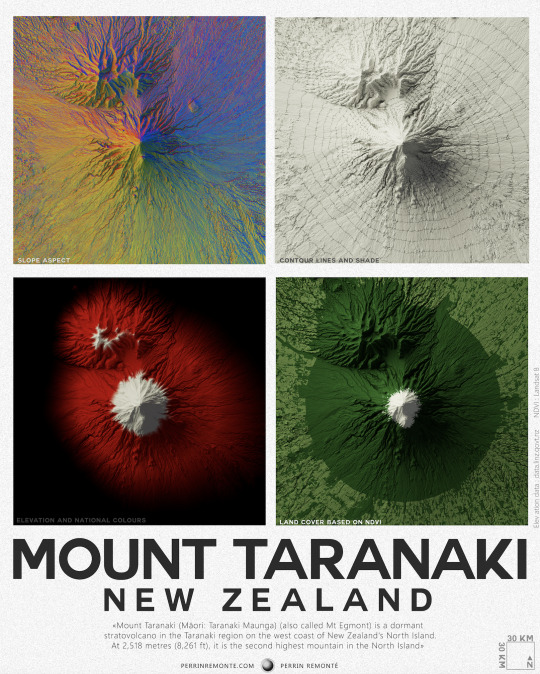
Mt Taranaki, New Zealand - Rendered in 4 different ways
by u/mydriase
144 notes
·
View notes
Text

“Milky Way Rising Over Stony River & Mt Taranaki”
Taranaki, New Zealand.
Photographer: Brendan Larsen
Milky Way Photographer of the Year
#brendan larsen#photographer#milky way photographer of the year#milky way#night sky#stony river#mount taranaki#taranki#new zealand#nature
78 notes
·
View notes
Text
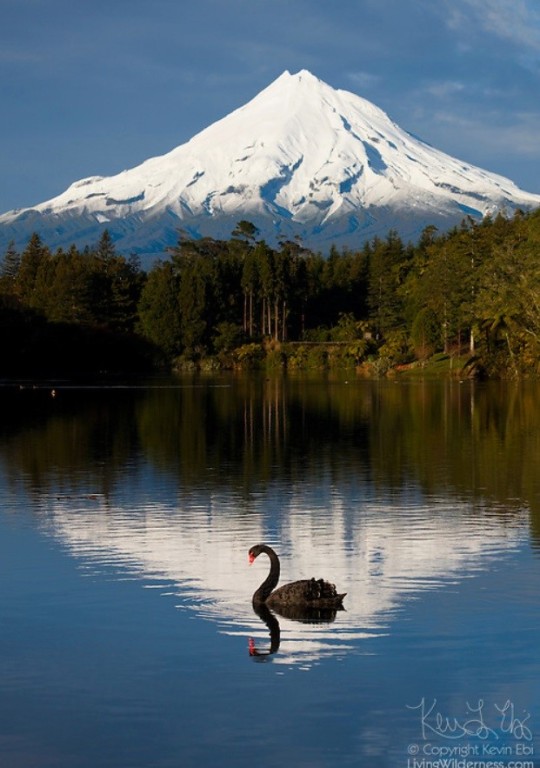
Mount Taranaki from Lake Mangamahoe, New Zealand
63 notes
·
View notes
Text

Mount Taranaki, NZ
14 notes
·
View notes
Photo

'Wind cloud' by Les Putt, Mount Taranaki (Also known as Mount Egmont), New Zealand.
#cloud#clouds#lenticular cloud#lenticular clouds#sky#atmosphere#troposphere#mountain#mountains#volcano#volcanoes#rare#nature#sunrise#sunrises#morning#mornings#mount taranaki#mt. taranaki#mount egmont#mt. egmont#north island#new zealand#mountain-forecast
34 notes
·
View notes
Photo




“ Mount Taranaki “ // Lester Chan
67 notes
·
View notes
Text
Mount Taranaki National Park has an almost perfectly circular boundary the change in vegetation is so sharply delineated

30 notes
·
View notes
Text

Mount Taranaki aka Mount Egmont, Taranaki, New Zealand
Taken by Sophie Turner
1 note
·
View note
Text
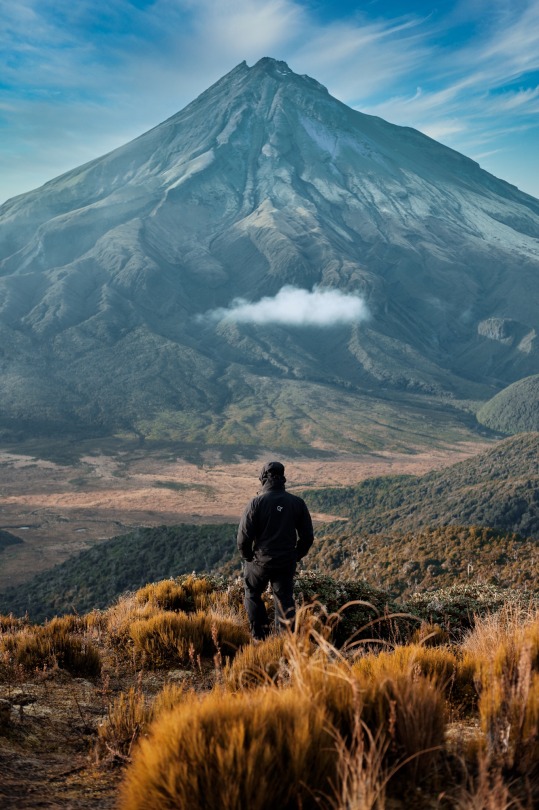
Mt. Taranaki without a doubt it is one of my favorite places in New Zealand
#taranaki#mount egmont#egmont#new zeland landscape#new zealand#photographers on tumblr#landscape#curators on tumblr#travel#blue sky#nz#nature lovers#volcano#hiking#fujifilm#fujixt2
44 notes
·
View notes
Text
Happy Taranaki Anniversary Day!
Taranaki Anniversary Day is a provincial holiday observed in New Zealand and if you’re lucky to live in this beautiful region, you’re getting a day off work! Super sunny today so what more could you want 🙂
This day commemorates the creation of the Taranaki province. Originally called New Plymouth province, it was renamed to Taranaki in 1859 after the tribal group to the west of Mount Egmont…
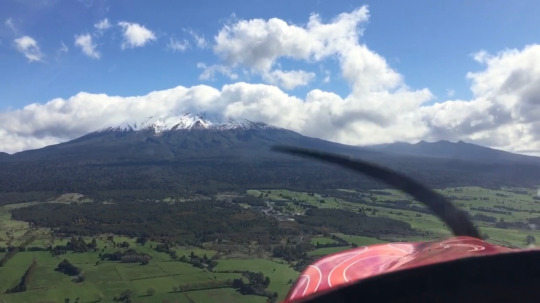
View On WordPress
#Egmont National Park#Mount Egmont#New Zealand#Sonerai#Stratford Aerodrome#Taranaki#Taranaki Anniversary Day#Taranaki Maunga#Te Papakura o Taranaki
1 note
·
View note
Photo

Mount Taranaki , New Zealand
Credit IG @fiklifetrip
388 notes
·
View notes
Text
Snow covers and then melts at the peak of Mount Taranaki as the seasons change on New Zealand’s North Island. The volcanic peak is encircled by dense vegetation of a protected natural forest, which contrasts sharply with the surrounding land comprised of intensively-farmed dairy pastures. Taranaki is 8,260 feet (2,518 meters) in elevation.
-39.296389°, 174.064722°
Source imagery: Planet
282 notes
·
View notes
Text
youtube
today we lost the great Efeso Collins, during a charity event to raise funds for clean drinking water for children in the pacific. here is his incredible parliamentary maiden speech from just last week (transcript below). i encourage you to listen, and if you can, donate to childfund's water fund here
Tēnā koe, Mr Speaker. Mai i ngā hau o Ōtāhuhu-nui-a-Rangi, o Maungarei, o Motukaroa; mai i ngā awa o Hikuwaru, o Tāmaki e rere ki te Waitematā, kei te Mānukanuka-o-Hoturoa, ko Kaiwhare, ko Taramainuku kua tau, kua tau ki ngā whenua o Ngāti Toa Rangatira, o Taranaki Whānui ki Te Ūpoko o Te Ika. Tēnā anō tatou.
[From the winds of Ōtāhuhu, of Mount Wellington, of Hamlin's Hill; from the rivers of Hikuwaru, of Tāmaki flowing to the Waitematā, to the Mānukau Harbour; Kaiwhare and Taramainuku have arrived, have arrived to the lands of Ngāti Toa Rangatira, of Taranaki Whānui in the Wellington region. Greetings to us all.]
E fakatālofa atu ki te māmālu o koutou na tamāna ma na mātua, vena foki na uho ma tuafāfine kua mafai ke fakatahi i te po nei. Vikia te Atua ko tātou kua mafai ke fakatahi venei. Mālo ma fakafetai.
Fai mai ina ua teʻi ae Iakopo i le mea sa moe ai, ona ia fai ane lea, e moni lava e i ai Ieova i le mea nei. E moni lava e i ai Ieova i le mea nei. Faafetai le Atua aua e le faaitiitia lou viiga. Ua ifo i ati malie tuʻumoega o le taeao le sa tafa i vanu tafaoga o manu sisina, ae sa faalepa le au pea, sa fili ma le manoa le fetu taʻimatagi, ae sei faalaolao le puli matagi aua ua nofoia vao tutuʻi i le malumalu ma nuʻu malumau o le maota.
Ou te le fagota la i le sao aua ua uma ona fili le utu ma uu le vao fofou. Fai mai le matematega nai tumua, ua pei o se iʻa e moemauga o le atuolo, o foliga matagofie ia ma le maualuga, maualuga lava o lenei aso aisea, ae a lea ua malutaueʻe le tiʻa sa maluʻia, ua tapu lalaga foʻi le vaʻa o le Tuimanʻua mamana ua atoa laʻau i fogaʻa.
Faafetai le Atua le Tama, le Alo ma le Agaga Sa, aua sa tu i Fagalilo tapaau o le alataua, ae sa matemate foʻi aiga sa Tagaloa pe tua ma ni a lenei aso. Ae faafetai i le Atua, aua ua tepa i ula, tagaʻi i ula, foʻi atu lou viiga e faavavau. Faafetai i le tapuaʻiga a oʻu matua ma oʻu aiga, faafetai tele i matua o si oʻu toʻalua ma ona aiga, i le latou lagolago aemaise talosaga molia. Faafetai i uo ma e masani, aemaise o le paʻia o le aufaigaluega totofi a le Atua, i soʻo se fata faitaulaga—Faafetai tatalo. Ae faapitoaugafa saʻu faafetai i si oʻu toalua Finevasa Fia aemaise si aʻu fanau pele Tapuiela ma Asalemo faafetai tatalo, malo le onosaʻi. Ae tapuaʻi maia ma le manuia.
Mr Speaker, it is an indescribable feeling to stand up and address this House. As a son of Samoan immigrants who made the mighty Ōtara 274—Southside hard—their home, I am well aware of the giants whose shoulders I stand on and the masters whose feet I learnt at. The courage, foresight, entrepreneurial spirit, and hope of our ancestors who journeyed thousands of years ago through the vast waters of Te Moana-nui-a-Kiwa brings me here today.
My parents arrived in New Zealand in the early 1960s, told that this was the land of milk and honey. Dad started off as a taxi driver with South Auckland Taxis, and mum on the factory floor at New Zealand Forest Products in Penrose. We lived in a four-bedroom State house on Preston Road in Ōtara, and I attended local schools: East Tāmaki Primary, Ferguson Intermediate, and the great Tangaroa College. We're forever grateful for the State house that was our home for around 20 years, and the quality public education we received from our local State schools.
I did try my hand for a short period at a decile 10 school outside of Ōtara, but that experiment lasted only two weeks. It was during the time in the late 1980s, when families from poorer areas were being discouraged from going to local schools because they weren't considered up to scratch. I'm glad we changed course and decided to high school it in Ōtara, where the motto of our school was "Waiho i te tokā tu Moana"—"Steadfast like a rock in the sea".
Later, at university, I went on to write my Master's dissertation on brown flight, critiquing the Picot reforms that have wreaked havoc on our public schooling system. That period was also a challenging time for my family because we were being told by our teachers to stop speaking Samoan at home and only to speak English. My parents didn't want us to fail at school, so we were allowed to speak English at home and over time we stopped speaking Samoan altogether. In the end, I lost my language. I struggled, I was embarrassed, and I felt incomplete. Even speaking to you in Samoan this evening gives me major tremors.
There's a saying in Samoan: "E le tu fa'amauga se tagata"—no one stands alone, no one succeeds alone—and, for me, no one suffers alone. Over the past years, with the support of my family and friends, I've taken to trying to converse again in Samoan, reading more texts in Samoan, praying in Samoan, and sending our youngest to a local Samoan early childhood centre. Our beautiful language, Gagana Samoa, has returned to our home and is helping to overcome the inadequacy that had taken root in my soul.
As I speak this evening, I'm mindful of the many young people who are navigating these at times treacherous and unsettled waters in life, filled with so much potential, energy, and hope, yet too often misunderstood. In my time as a youth worker in South Auckland, I've spoken with hundreds of young people with massive dreams for the future. We need youth workers, we need social workers, and we need mentors to walk alongside our young people, and, yes, we want our youth to be responsible and caring and considerate. So it's our job in this House to resource the people and organisations who will model the behaviour to them that we expect, but who also won't give up on them and won't come with a saviour mentality.
Many of our societal challenges are driven by poverty. We can achieve greater social cohesion and lift our sense of belonging by addressing poverty. I've been honoured to run youth mentoring programmes for nearly 25 years—that's about how old I am—and to this day I mentor young people. When we undertook and published research on youth gangs some years ago, the youth we spoke to had the solutions and just needed the means to make it happen. Too many of our young people are filling our prisons, and it is wasted human potential. Give them the tools, the resources, and the means to make a meaningful contribution to the world, and they will. I was at a conference recently about the threats to democracy and an attendee spoke about their work in developing nations and used the familiar retort, "You can't eat democracy." And I couldn't agree more. This House, this centre of democracy, needs to do more to engage our people, all of our people, so that they can see this House is not just relevant but an essential part of their lives.
The greatest challenge facing our generation is climate change. The Pacific Islands nations are among the most vulnerable to climate change in the world. The world's continued reliance on fossil fuels, loss of coral reefs, rising sea levels, and increasing severe weather patterns means that our extended whānau in the Pacific are in immediate danger. We, as a collective, must do all we can to do as we say out south "flip the script". Truth is, those who've done the least to create this predicament are being the hardest hit. Our challenges, whether ecological, geopolitical, or cultural, are diverse, but we're bonded by the inextricable ties we have to our lands and our oceans. We've inherited philosophies, knowledge systems, and profound ecological wisdom that holds the answers and drives our collective resilience—from West Papua to Hawai'i. Our fight for a climate resilient, nuclear-free and independent Pacific remains as strong as ever. We are not drowning; we are fighting.
I haven't come to Parliament to learn—learning happens as a matter of course through reflection. I've come to this House to help. Helping is a deliberate act. I'm here to help this Government govern for all of New Zealand, and I'm here to open the door, enabling our communities to connect better with this House. During the election campaign, I spoke to people frustrated about their lot in life, scared for their and their children's futures, and feeling their dreams were slipping away. The people I spoke to expect the Government to do more and move faster. And I know that there are some in this House who believe Government is not the answer to these challenges and that less Government is better. But here's the thing: the Government cannot be a bystander to people suffering confusion and disenfranchisement. New Zealand must close the divide between those who have and those who have not, because the reality for my community is that those who have more money often wield more power, more health, more housing, more justice, more access, more canopy cover, more lobbyists with swipe cards, and more time. And the opposite is true for those who have fewer resources.
It's hard to be poor, it's expensive to be poor, and moreover, public discourse is making it socially unacceptable to be poor. Whether it's bashing on beneficiaries, dragging our feet towards a living wage, throwing shade on school breakfast programmes, or restricting people's ability to collectively bargain for fairer working conditions, we must do better to lift aspirations and the lived realities of all our people. To that end, I want to say to this House with complete surety that the neoliberal experiment of the 1980s has failed. The economics of creating unemployment to manage inflation is farcical when domestic inflation in New Zealand has been driven by big corporates making excessive profits. It's time to draw a line in the sand, and alongside my colleagues here in Te Pāti Kākāriki, we've come as the pallbearers of neoliberalism, to bury these shallow, insufferable ideas once and for all. And this, sir, is our act of love.
Paolo Freire, in his seminal work Pedagogy of the Oppressed, said love is an act of courage, not fear; love is a commitment to others. No matter where the oppressed are found, the act of love is a commitment to their cause, the cause of liberation. The most recent election campaign left many in our Māori communities bruised and targeted for the perceived privileges supposedly bestowed upon them. Shared governance is a rich concept about how we include those who've been excluded for far too long in the work of this House and the democratic institutions that are fundamental to our collective wellbeing. We are Tangata Tiriti and we have nothing to fear. As a New Zealand-born Samoan living in South Auckland, I've experienced, written about, and spoken about racism in this country. I've also been on a well-publicised journey in understanding the needs and views of our rainbow communities, and I have a long way to go. And my message to whānau who often experience the sharp end of discrimination—disabled, ethnic, rainbow, brown, seniors, and neurodiverse—is thank you for trusting us with the responsibility of facilitating a new discussion on how we move forward together and make possible what was once deemed impossible.
The American civil rights activist James Baldwin said, "Not everything that is faced can be changed, but nothing can be changed until it is faced." We commit to working across this House as a nation and with each other irrespective of our post code, income bracket, skin colour, or level of qualification attained. But, in order for that work, we must come with humility, the desire to listen, and dare I say it, maybe speaking last. If I was to inspire anyone by getting to this House and my work over the next three years, I hope that it's the square pegs, the misfits, the forgotten, the unloved, the invisible—it's the dreamers who want more, expect more, are impatient for change, and have this uncanny ability to stretch us further.
199 notes
·
View notes
